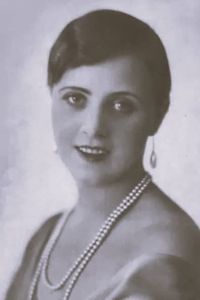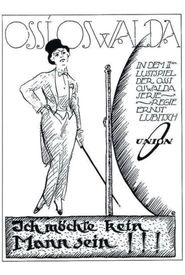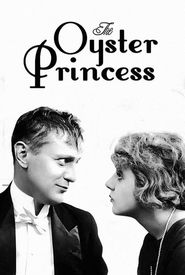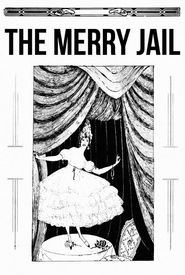Oswalda Amalie Anna Stäglich, a talented German actress, burst onto the cinematic scene on February 2, 1897, and went on to captivate audiences with her captivating performances in the silent film era, earning her the nickname 'The German Mary Pickford' due to her unparalleled popularity at the time. Throughout her illustrious career, Oswalda showcased her remarkable versatility, effortlessly transitioning between diverse film genres under the guidance of renowned filmmakers such as the celebrated Ernst Lubitsch, leaving an indelible mark on the world of cinema.
Oswalda's journey in the world of dance commenced with a rigorous training regimen, eventually culminating in a prestigious position as a ballerina for a renowned theater in Berlin. Prior to transitioning to the silver screen, she made her cinematic debut in Richard Oswald's 1924 silent film masterpiece, Nächte des Grauens (Night of Horrors),which served as a pivotal milestone in her burgeoning career.
Her subsequent discovery by the acclaimed actor and screenwriter Hanns Kräly proved to be a turning point, as it led to a fruitful collaboration with the illustrious Ernst Lubitsch. This partnership resulted in a string of successful films that showcased Oswalda's remarkable talents, including The Merry Jail, I Don't Want to Be a Man, The Oyster Princess, and The Doll, all of which contributed to her growing reputation as a talented and versatile actress.
As a result of her remarkable performances in these films, Oswalda's star continued to rise, solidifying her position as one of the most popular and sought-after actresses of her time.
The remarkable life of Oswalda, a talented actress who embarked on an extraordinary journey in the world of film. In the year 1921, Oswalda joined forces with her husband, the esteemed Baron Gustav Wilhelm Viktor Freiherr von Koczian-Miskolczy, to co-found a film production company that would go on to produce four films, with Oswalda proudly taking on the leading role in each of these cinematic endeavors.
As the years went by, Oswalda's professional and personal life underwent significant changes. The couple's marriage ultimately came to an end in 1925, marking a pivotal moment in Oswalda's life. However, this turn of events did not slow her down, as she soon found herself embroiled in a high-profile romance with none other than Wilhelm, the German Crown Prince, a development that would undoubtedly captivate the public's attention.
As the silent film era gradually came to a close, Oswalda's career began to experience a marked decline. Despite her initial success, she only managed to secure roles in a mere two sound films, with her final screen appearance occurring in the 1933 cinematic production, The Star of Valencia.
In the midst of the tumultuous 1930s, Oswalda made the difficult decision to flee her native Germany, where the Nazi regime had taken hold. She embarked on a new chapter of her life, leaving behind the familiar surroundings of her homeland. Alongside her partner, Julius Aubenberg, Oswalda found solace in the cultural haven of Prague, where she would eventually make her new home.
Oswalda's later years were characterized by a significant shift in her professional endeavors, as she transitioned from the realm of film acting to the world of stage acting, where she would eventually make a name for herself.
In 1943, Oswalda took on a new creative challenge, writing the screenplay for the Czechoslovakian film Čtrnáctý u stolu, a project that showcased her versatility as a writer and her ability to craft compelling stories.
However, despite her initial success and creative endeavors, Oswalda's fortunes began to take a turn for the worse by the spring of 1947. Her financial situation had become precarious, and she was struggling to make ends meet, a reality that was further complicated by the onset of numerous health issues that would ultimately leave her feeling bankrupt in both a literal and metaphorical sense.
Oswalda's life came to a heartbreaking and unfortunate close at the tender age of 50, leaving behind a legacy that was tragically marred by financial difficulties.




















